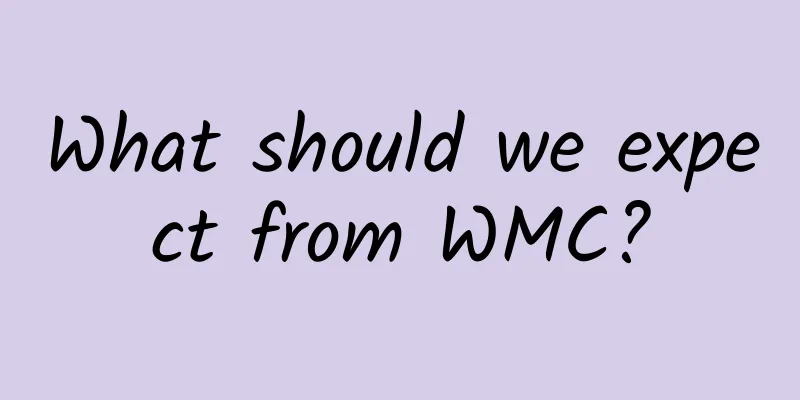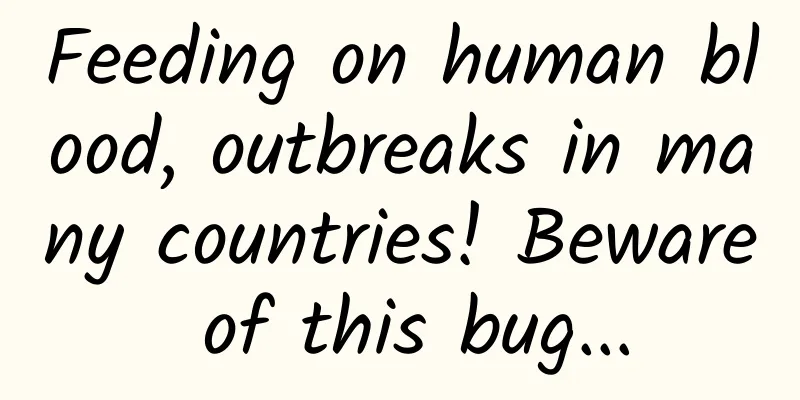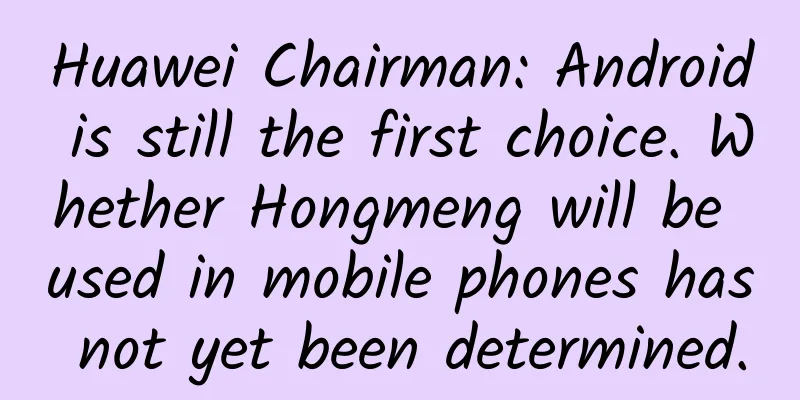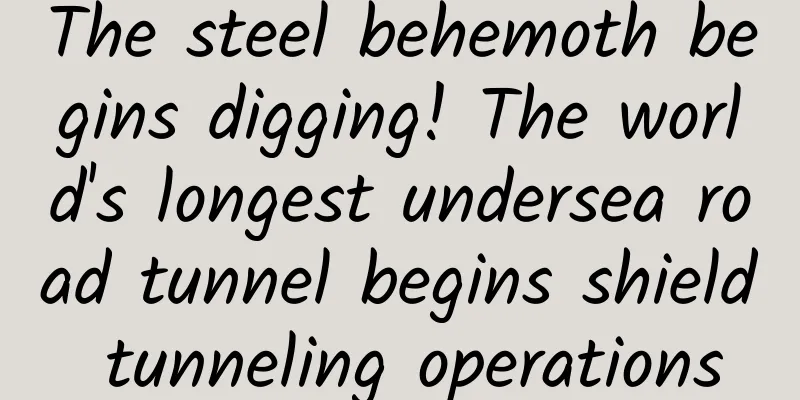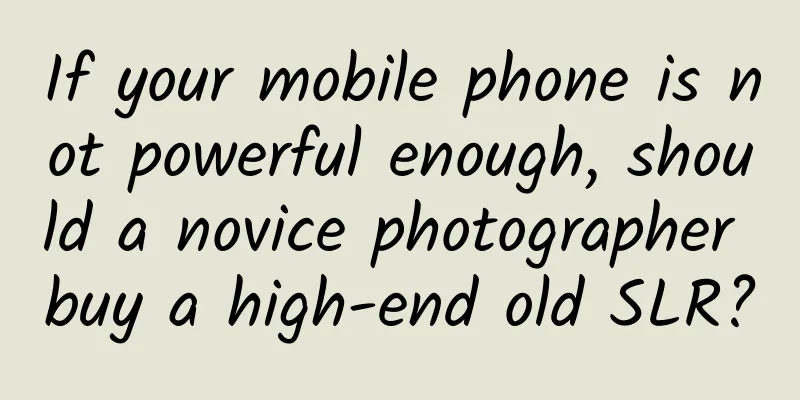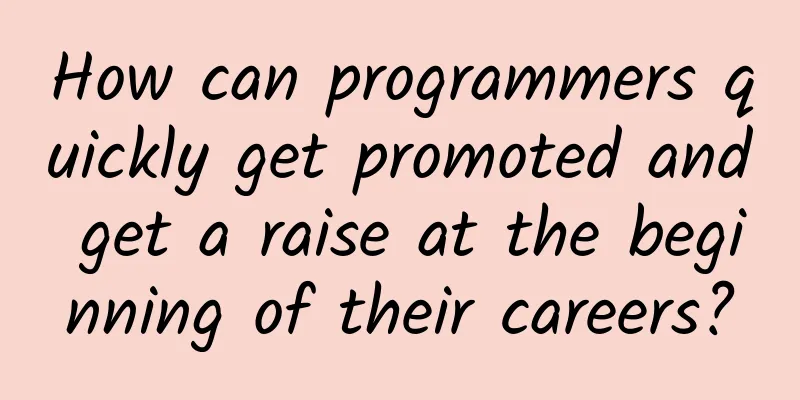Brand Communication Plan for 2022

|
It’s the end of the year, and it’s time for brand people to make an annual summary and plan for the next year. I believe that an indispensable part of your PPT is: 2022 brand communication plan. Of course, sometimes it doesn’t look like this, nor is it called this way. Because we have heard of: annual communication strategy, annual communication strategy, brand communication plan, Brand Communication Strategy, Annual Campaign Plan...there are all kinds of them. Although different companies have different names for it, the purpose is the same, namely: to undertake the brand strategy and guide all communication actions in the coming year, including choosing the right time point, what content to create, what channels to spread it through, and overall resource allocation, etc. It is not as "virtual" as the brand's annual communication theme, which is just a conceptual content, nor is it as "real" as a specific communication plan, which can list the channels/materials/communication rhythm in detail. It plays a more connecting role, transforming the concept of "virtual" into "real" communication. But most of the above can only become a hypothesis. Because the reality is that the communication plans that most brand people get are "Schrödinger's brand communication plans"—— It seems to have everything that should be there: IP cooperation, cross-border collaboration, private domain growth, e-commerce festivals... all kinds of "trendy" marketing activities are piled up on it. But when it comes to using it, it is impossible to use it: whether this event should be carried out, what the purpose is, how to make the content, how much resources to invest, and what the proportion of different media should be, none of them can be clearly stated. Oh wow, a nicely planned feint! So today, we want to talk to you about what is truly useful brand communication planning. First of all, we have a unified name for the various terms mentioned above, such as annual communication strategy, annual communication strategy, Brand Communication Strategy, etc., which is called: From the internal language of System2, we can see our understanding of "what is a useful brand communication plan", which includes two key factors, strategic attributes and management attributes. Strategic attributes mean that it can undertake the core strategy of the brand, including:
Management attributes refer to the ability to implement the core brand strategy through a specific practical guidance framework, including:
A brand communication plan that possesses both strategic and management attributes can be considered a truly useful brand communication plan. We have systematically sorted out the "brand communication planning" we have encountered in our past work, and after simply classifying them, we found that most of them are inseparable from the following three types: 1) Theme driven; 2) Media driven; 3) Form driven; 1) Theme-drivenI believe that all brand people have seen this kind of “theme-driven” brand communication planning in their career experience. It is a phased theme extracted based on a keyword of the brand's major communication theme throughout the year, and this is used as the division logic of the communication plan. Let’s take an example that is easy for everyone to understand. For example, the annual theme of a certain brand this year is “悦XXXX”, and “悦” is the keyword of the brand theme. So what will the communication plan look like? “We break down the brand’s annual communication theme “Yue XXXX” into four dimensions: pleasing to the eyes, pleasing to the ears, pleasing to oneself, and pleasing to others. We focus on different dimensions in the four major communication stages throughout the year, thereby penetrating the brand concept of “Yue XXXX” and fully explaining the brand proposition…” Listen! Listen! Does it have a familiar taste? We can even trace the origin of this word game back to a very ancient rule of "creating shi": creating vision, creating events, creating tests, creating momentum... Absolutely amazing! The first person who came up with this might have slapped his thigh like this! Absolutely amazing! The biggest feature of this theme-driven communication plan is that it is easy to fool people. It looks so good when it is put on the PPT. Each stage and each action seem to be particularly related. The dimension division is very detailed and the connection is very smooth... But the problem is that it can do nothing but fool people. Because it is essentially a word game. Using copywriting skills to create logical connections and using creative methods to formulate strategies will not work. There is no question of whether there is any meaning in communication management. 2) Media-drivenMedia-driven, sounds more practical than pure word play. Generally, there will be some coarse-grained divisions first, such as the traditional "ATL VS BTL". Then there are further subdivisions of each dimension, such as TV/OTV/Digital in ATL, Event/Instore in BTL, etc. It looks clear, there is no overlap, and the resource allocation is clear at a glance. But the complex media environment makes this division logic ineffective. In past communications, a single media performed a single function. For example, OOH is for brand exposure, and POSM is for sales conversion. Behind the media-based division dimension lies a strong purpose orientation. But today’s media, especially mainstream social media, all have a full-link connection that can provide brand exposure, content seeding, and directly provide you with a closed sales loop. The diversified functions of a single media directly eliminate the significance of using it as a dividing dimension. Sometimes this form of division can even make the situation more confusing. For example, in a previous project, the client proposed that the allocation ratio of "Mass Media VS Digital Media" could be given in the strategic communication management, which seemed reasonable at first glance. But when we asked carefully how the two concepts were originally defined internally and what form of product placement in online variety shows belongs to, the other party was unable to give a clear answer. There is indeed no way to give it. On the one hand, this is actually a division of two dimensions, but they are forced to be compared in the same dimension. On the other hand, in the current media environment, when media such as Focus Media and Xintiao also begin to say that they are delivering precise advertising, brands need to define their internal language clearly, and determine how massive is considered mass and how precise is considered precise. 3) Form-drivenForm-driven should be the most common type of brand communication planning at present. Divide the communication activities of the year into several major sections, such as TV/OTV delivery, social campaign, IP cooperation, EC activity, 7*24h Always-on, etc. Compared with media-driven, its sense of purpose seems to be clearer. Some are for exposure, some are for creating topics, some are for building word-of-mouth, and some are for increasing sales. But there are also two problems with this division. First of all, it is impossible to list all the forms. We can easily give many other examples, such as pop-up stores, brand collaborations, variety show placements, blogger co-creations, vertical platform cooperation, celebrity endorsements, etc. As long as the granularity is fine enough, there can be an infinite number of them. Even creativity itself is constantly producing new forms. Of course, we also see some more pleasing methods, such as using "Mini Campaign" to refer to all campaigns except TV/OTV and Always-on. This is also a (rough) solution. (But I still can't help asking, how small is this Mini? Is it considered from the perspective of resource allocation? Then should there be Small Campaign/Medium Campaign/Large Campaign...) Besides being impossible to list exhaustively, another problem is that there is overlap between the different forms. For example, an e-commerce project has IP cooperation, pop-up stores, and product promotion, and the overall investment is not small. So which category does it belong to? It can’t be considered a Mini Campaign. Therefore, we believe that the three most common types of "brand communication planning" mentioned above cannot be regarded as "strategic communication management" in the true sense. They neither provide specific and clear communication management guidance, let alone the implementation of brand strategy. So, how to open "strategic communication management" in a scientific way? 1) Clarify goals/problems and build a strategic communication framework It is worth noting the understanding of "goal" here. It is not a business objective, such as how much revenue or market share this year should be. Rather, it is a marketing/communication objective that supports business, such as how much brand awareness should be achieved, what is the primary association the brand wants to build, etc. At the same time, it should be noted that from problems/goals to strategic communication framework, it is a complete systematic way of thinking. As mentioned above, the key to strategic communication management lies in strategic attributes and management attributes, which can be understood dynamically as - through the scientific management of communication actions, accumulating brand assets that are consistent with the core strategy. Therefore, the dimensions and paths of building brand assets are the key. However, there are many ways to construct dimensions. David Aaker, the originator of brand assets, once gave an answer: brand assets are composed of brand awareness, brand loyalty, brand associations, brand perceived quality and other exclusive assets (later reduced to three types. Students who are interested in brand assets must not miss our previous article: link to be added). Professor Kevin also gave a more detailed answer from the consumer's perspective: brand assets are composed of brand identification, brand connotation, brand response and brand relationship. Even Alibaba’s AIPL model is an answer. The relatively more scientific MDS model that we have been studying internally is also an answer. As for which specific brand to choose and how to disassemble and use it, it depends more on the characteristics of the category itself and the current development stage of the brand. As for the path to achievement, the finer the granularity of the breakdown, the more effective the guidance for practical operations. For example, under the goal of a certain dimension, what are TA's characteristics, what are the consumer challenges, what are the brand's specific strategic means, what internal advantageous resources can be matched, what are the measurement methods to verify the implementation of the strategy, etc. Only by thinking through these issues can we build a truly useful strategic communication management framework. 2) Maintain clarity and consistency of internal language In my past experience of serving customers, the thing I felt most strongly was that many problems are issues of language consistency. For example, the definition of “Mass Media VS Digital Media” mentioned above. What the brand originally wanted to express was the accuracy of media placement, but it continued to use the term Mass/Digital, which is not only easy to cause ambiguity, but also difficult to give clear and independent definitions. If we change the terminology to "non-precise media VS precise media", it may be clearer. Those with weak labeling capabilities can only divide the covered population into gender/age/region, which is "non-precise media". Those with strong labeling capabilities can further divide into more detailed labels such as interests/behaviors, which is "precise media". What it is called specifically or what dimension it is divided into are not the most important. The most important thing is to have clear and independent definitions internally to maintain the unity of language and cognition. Only in this way can the strategy be implemented perfectly. 3) Get involved and respond flexibly to dynamic changes Strategic communication management, management management, is itself a dynamic process. The feedback after each practical operation guides our next step. This is like the fitness process. We follow the plan set by the coach. After a period of time, the body's data and condition will tell us whether the plan can continue to be implemented or needs to be adjusted. Only by always being sensitive to our own bodies and the external environment can we achieve our desired goals within the expected time. Okay! This concludes my sharing on strategic communication management today. I hope that in 2022, all brands will be able to build their own, more scientific strategic communication management system. After all, life follows traces, and so do brands. Author: System2 Brand Consulting Source: System2 Brand Consulting |
<<: Analyzing the positioning logic of Douyin corporate accounts
>>: Bi Yiming's "12 Rehabilitation Courses for Herniated Disc"
Recommend
Extreme cold! Freezing! Snow! This is how the "end of year cold wave" affects various places! | Expert interpretation
This cold wave at the end of the year is not simp...
A brief discussion on user stratification in user operations
I have talked to you about user operations before...
What if the Earth gets cold or hot? In fact, it also has a "big air conditioner"
Forests are the earth's natural air condition...
Interesting story: Is the terrifying nightmare really an attack by demons and monsters?
The reason I bring up this issue again is that I ...
Talking Sheep: Have you ever heard of a lawn mower that doesn't need to be charged?
I am Dong Dong Meow Talking animals are so fun! T...
TikTok's popular speaker Sony SRS-XB31 vs. JBL Pulse3, which one is the real Rock&Roll!
In the past, people basically listened to music w...
The iOS promotion and operation master gave me a sudden enlightenment: how to tap into iOS channels, etc.
Question 1: I don’t know where to tap into the iO...
Breaking the monopoly! He made China the fourth country in the world to produce chlortetracycline in large quantities
◎ Science and Technology Daily reporter Cao Xiuyi...
What are the functions of the Home Chef Door-to-Door Service Mini Program app? How much does the Home Chef Door-to-Door Service Mini Program cost?
With the improvement of economic level, people ha...
Why are the tubes used to draw blood colorful? Why do we have to draw so much blood during every physical examination?
Audit expert: Jin Tao Chief Physician of Hematolo...
#千万IP创科学热门# The “crocodile” in Shanxi is not actually a crocodile?
Shanxi Natural History Museum has launched #全民IP创...
Tick smartwatch first test
The Tick smartwatch, which has completely state-ow...
Fireflies are in their best viewing season! It turns out that they glow not only for courtship...
In the hot summer, it is the time of the year whe...
When will Changchun express delivery resume in 2022? Which specific community has been unsealed? Attached the latest news
After more than a month of stumbling around the lo...
Our story in Lost on Journey·ET Tribe
[[182181]]...
